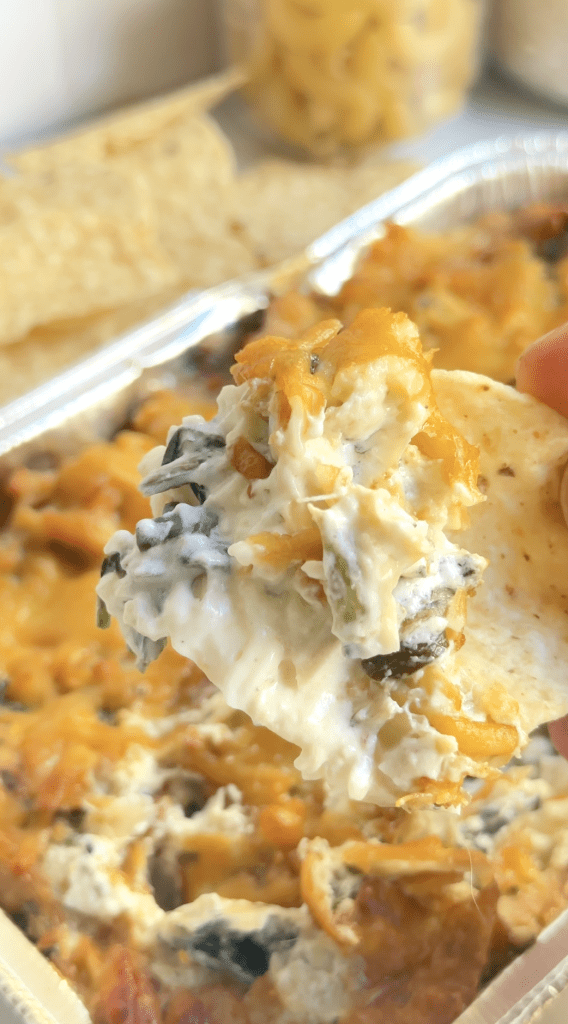Smoking food is an ancient method for adding flavor and preserving foods. With patience and skill, smoking can enhance the flavor of meat, fish, cheese, and vegetables, but it requires the right wood choice, proper meat preparation, temperature control, slow and low smoking, injecting flavor, and a rest period after smoking. Beginners can experiment with different types of wood to find the perfect flavor profile for their dishes, inject marinades or flavorings into the meat before smoking, use a thermometer to monitor the temperature, and slice the meat against the grain to ensure tenderness.
Smoking Hot: How to Smoke Foods to Perfection for Flavorful Dishes
Smoking food has been around for centuries to add flavor and preserve foods. Smoking can enhance the flavor of meat, fish, cheese, and vegetables. It’s a method of cooking that requires patience and skill, but the results are well worth the effort. The following tips and tricks will help beginners smoke food to perfection.
Choose the Right Wood
The type of wood you use will have a significant impact on the flavor of your food. Certain types of wood are ideal for smoking different types of food. For example, applewood is great for smoking pork and chicken, while hickory is better for beef and lamb. Some other popular types of wood include mesquite, cherry, oak, and pecan. Experimenting with different types of wood can help you find the perfect flavor profile for your dishes.
Prepare the Meat
Before you start smoking, it’s essential to prepare the meat properly. This includes seasoning the meat with rubs or marinades, if desired. It’s also crucial to bring the meat to room temperature before smoking to ensure even cooking. Additionally, patting the meat dry with a paper towel can help the smoke flavor penetrate the meat better.
Control the Temperature
The temperature of your smoker is crucial in achieving perfectly smoked food. It’s vital to maintain a consistent temperature throughout the smoking process. The ideal temperature range for smoking is between 225-275 degrees Fahrenheit. It’s also essential to monitor the temperature of the meat to ensure it’s cooked to the appropriate temperature. A meat thermometer is a must-have tool for smoking meat.
Smoke Slow and Low
Smoking is a slow, gradual process that can take several hours, depending on the type of meat you’re smoking. Slower cooking at a lower temperature is the key to achieving tender, flavorful meat. It’s best to plan ahead and allow enough time for the smoking process. Patience is key, as is checking the meat regularly for doneness.
Inject Flavor
Injecting flavor into the meat is another way to enhance the taste of smoked foods. Injecting involves injecting marinades or other flavorings directly into the meat before smoking. The result is a more flavorful, juicy, and tender meat. Injecting can be done with a meat injector or syringe, which can be found at most kitchen supply stores.
Let the Meat Rest
After smoking, it’s crucial to let the meat rest for at least 10-20 minutes. This allows the juices to redistribute throughout the meat, resulting in a juicier, more flavorful meat. It’s also essential to slice the meat against the grain to ensure tenderness.
Conclusion
Smoking food is a delicious and rewarding method of cooking. While it requires patience and skill, the end result is well worth the effort. By following these tips and tricks, beginners can smoke food to perfection and enjoy flavorful dishes for years to come.
